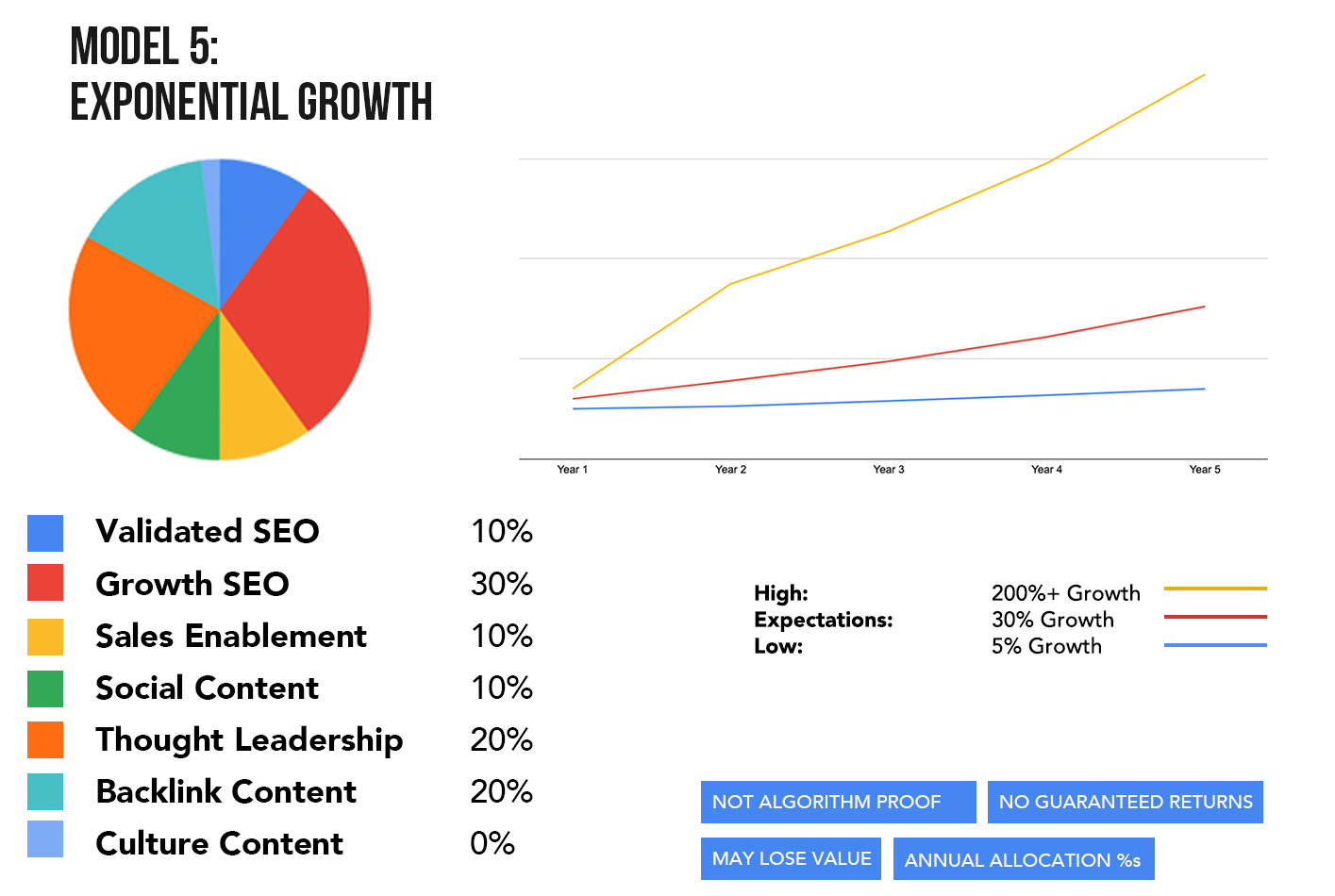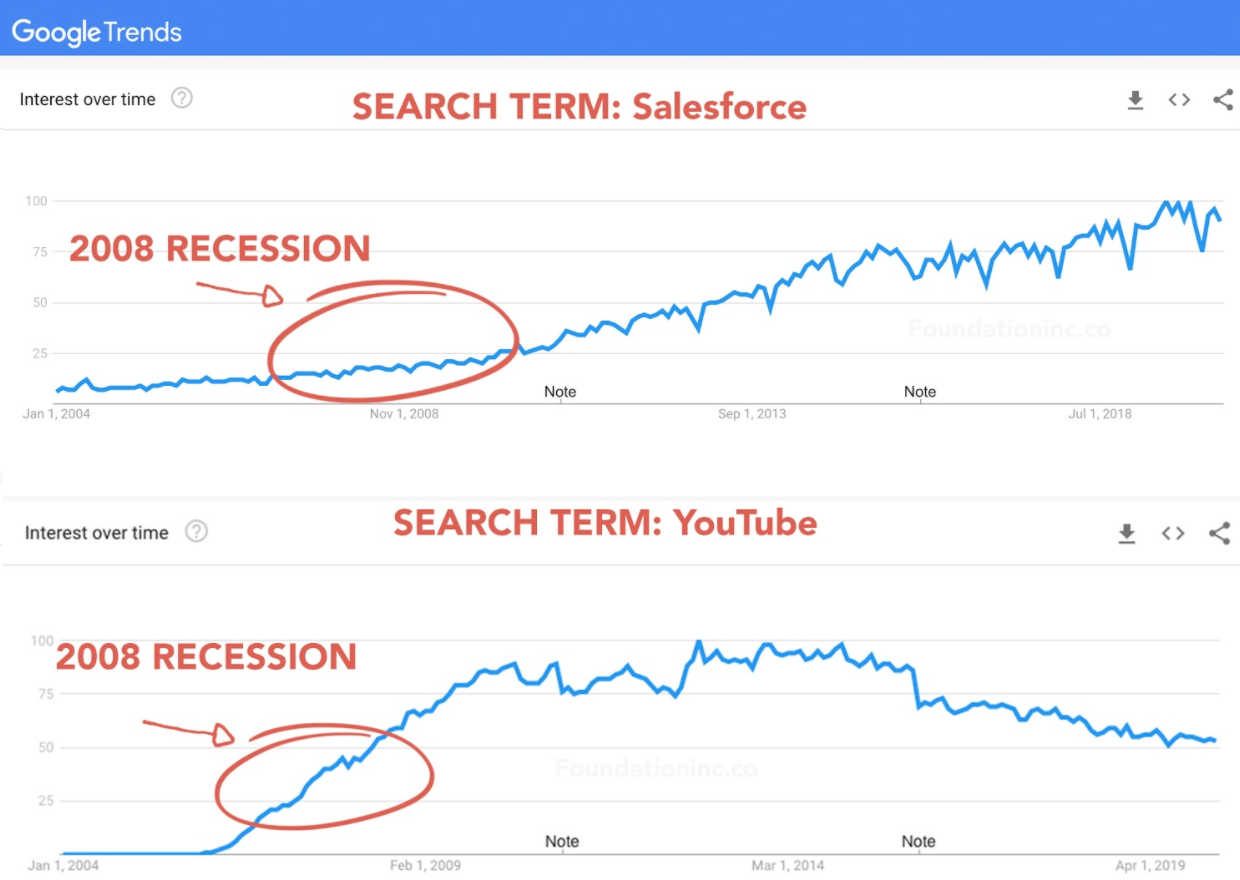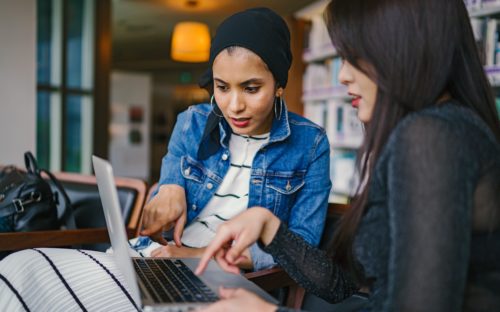Article's Content
Every landing page you publish is an investment.
Every blog post you write is an investment.
Every ebook you create is an investment.
Every video you launch is an investment.
Are each of these content assets created equally? Of course not. You might be aiming to reach 200 C-suite executives with the ebook you just launched, while you want a new landing page to generate hundreds of thousands of visits per month. The goal for each of these investments is different, and the amount of resources that goes into them may vary. A long-form blog post filled with charts and data isn’t the same as a 200-word blog post that is meant to generate social shares from the headline alone.
Each asset is different. The same way that every stock you buy is different. Every bond you buy is different. Every ETF you invest in is different. Or any angel investment in a company is different. But…
They can all pay rewards.
Some pay dividends. Some are value plays. Some are growth plays. Some can 300x (if you’re willing to take a high risk) while you’re lucky if others produce a 2% return year over year. The same variance in return on investment (ROI) exists in your content marketing mix. As brands allocate resources to various content assets, they must determine what type of ROI they’re looking for and what their risk tolerance is.
The way you allocate your assets should be dependent on your goals, the market and the existing assets that make up your content portfolio.
The following chart showcases 5 different asset allocation models that brands can embrace when it comes to developing their content mix:

Let’s discuss the five ways your content assets can be allocated using Foundation’s models as reference points:
Conservative Content Allocation

The conservative content allocation mix prioritizes validated SEO efforts and sales enablement content. The focus on these formats is intended to reduce the likelihood of creating content that doesn’t have demand or isn’t aligned closely with sales cycles.
In this portfolio, the priority is generating or sustaining organic growth and assisting sales which results in a modest expectation of 9% growth year-over-year and at a minimum the brand should see 5% organic growth. In cases where things go above and beyond expectations the best case scenario for this model would be 30% growth.
50% of all the content in this allocation model is built to target keywords that are competitive but totally aligned with a customer’s buying journey. 20% of the content is built to nurture a lead and help convert them into a paying customer. 10% of the content is created to maintain site authority by generating backlinks from other sites.
Moderate Conservative Content Allocation

The moderate conservative content allocation mix prioritizes validated SEO efforts based on valuable search terms. In this portfolio, the priority for the brand is typically generating or sustaining organic growth while also arming the sales team with the assets they need to close a sale. That said, it does present an opportunity for more experimentation than a conservative portfolio resulting in higher long term expectations around 13% with low expectations at 8%. In cases where things go above and beyond expectations the best case scenario for this model would be 35% growth.
40% of all the content in this allocation model is built to target keywords that have high usage among the target audience. 20% of the content is built to nurture a lead and help convert them into a paying customer. 10% of the content is created to maintain site authority by generating backlinks from other sites. 10% is thought leadership content. 10% targets trending keywords.
Balanced Content Allocation

A balanced content allocation mix is used by many organizations to reduce risk while optimizing for slightly above-average returns. The balanced approach is a great strategy for brands who have already achieved product-market fit, established a leadership position in the market and is now looking to defend themselves against incumbents.
In this situation, 40% of the content developed by the brand is focused on generating organic traffic through validated keywords (20%) and growing keywords (20%). The other content classes range from 10%–15% of the total allocation of content, not including culture content, which makes up 5% of the total portfolio.
A balanced content allocation strategy still presents solid expectations in the realm of 15% growth and a low expectation of 10% growth. In a best case scenario, the balanced content asset allocation approach will see 30-40% growth year-over-year.
Moderate Growth Content Allocation

A brand willing to invest in speculative rather than validated opportunities can unlock new growth. It’s not a certainty, but the likelihood of great returns increases with investments in asset classes like growth SEO (25%) and backlink content (20%). A modest investment in validated SEO (20%) hedges some of the risk that the brand is willing to take. With great opportunities comes great risk. The opportunity here is to unlock more than 100% growth but at the same time there’s a possibility that you see 5% growth long term.
In this category, the investment in content that showcases the culture of the organization is minimized as the focus shifts to attracting traffic from customers vs. traffic from potential employees. It’s this methodology that should be embraced by most brands looking to accelerate their growth quickly and develop a long term SEO moat.
High Growth Content Allocation

A brand that wants to unlock a high rate of growth and has a high appetite for risk is more likely to invest in channels that require experimentation. The exponential growth model embraces growing and trending SEO opportunities (30%) with the hope that these keywords will explode in demand. It also allocates resources to thought leadership (20%) and backlink content (20%), two areas that can pay exponential returns but are not easy to execute consistently.
In this category—like the previous one—the investment in content that showcases the culture of the organization is minimized as the focus shifts to attracting traffic from customers vs. traffic from potential employees. Brands utilizing this strategy have an opportunity to capture more than 200% growth (if everything aligns) but could also be met with a less than ideal growth rate of 5% (if everything goes south).
Determining The Mix That Is Right For You
The content allocation mix differs depending on the industry, marketing leadership, brand positioning and existing resources. In every model, an investment in content has the potential for long-term returns. This has been demonstrated time and time again, even amidst a crisis like the 2008 recession:

Why?
People want content. People seek content. People create content.
Content is the foundation of culture—within a company, within an industry or within a whole country. Content shapes our perspective, our knowledge, our insight and our ability to proceed through life. That’s why it’s key for brands to invest in content, and to ensure that it is developed based on content-market fit and utilized fully through content distribution.








